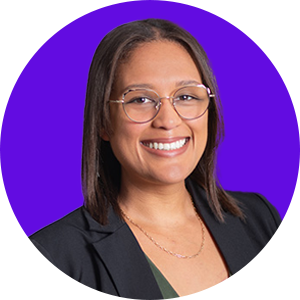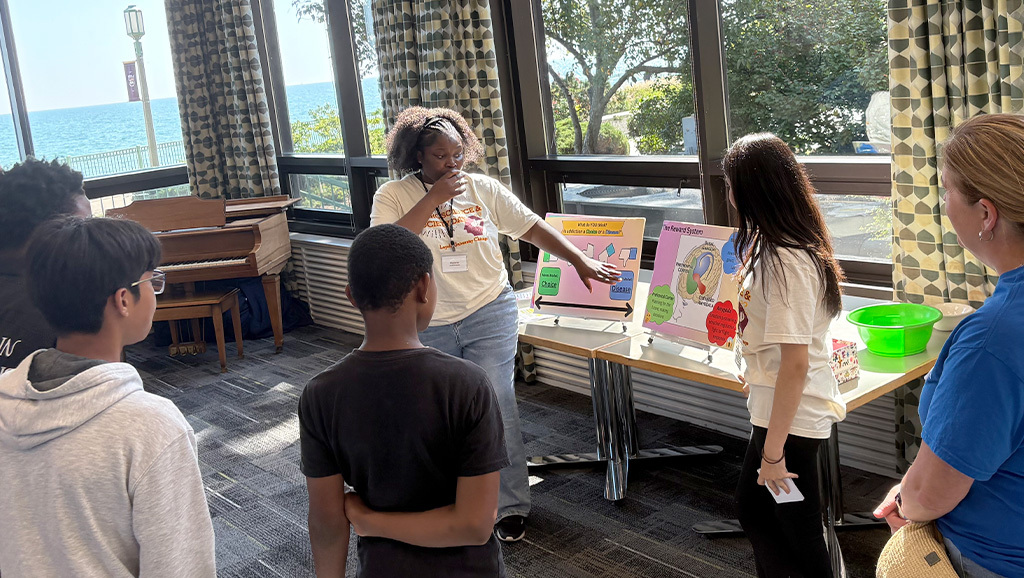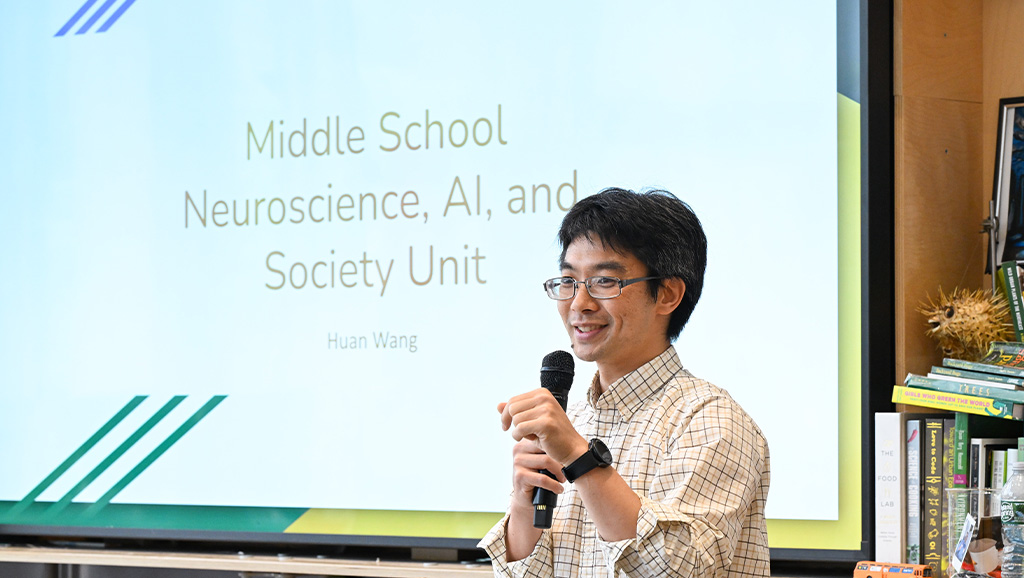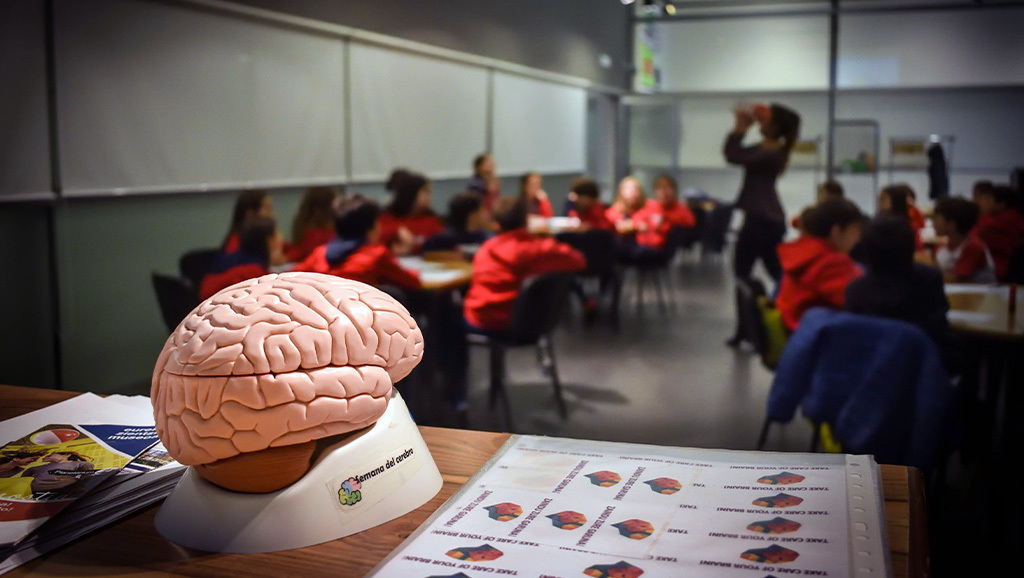News & Insights
Educators as Changemakers: Neuroscience and Society in the Classroom
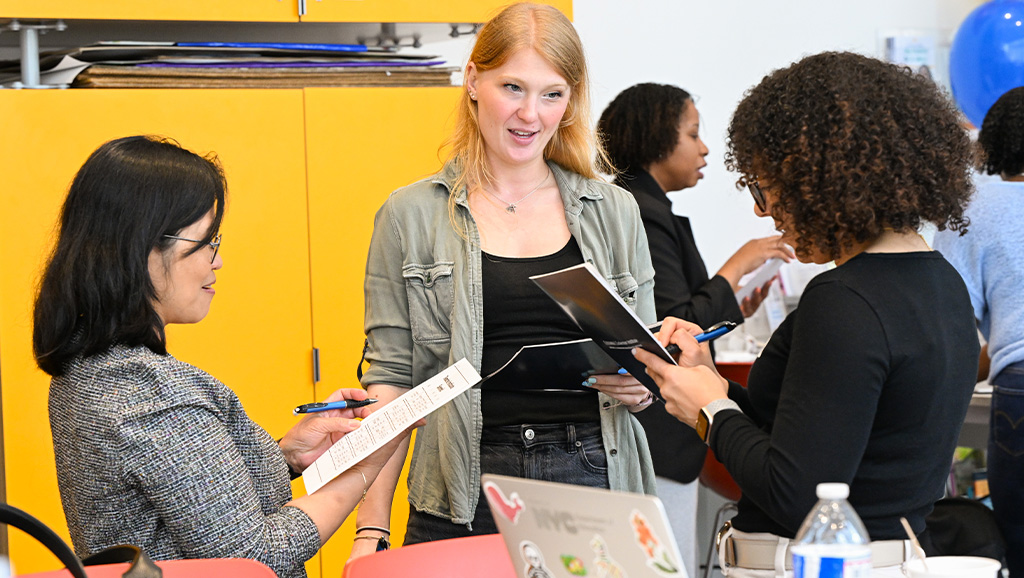
Photo Credit: Diane Bondareff/Columbia University
In recent years, the Dana Foundation has deepened its commitment to advancing neuroscience education by supporting programs that connect neuroscience to the broader social issues shaping students’ lives. Recognizing the unique role educators play in fostering this understanding, Columbia University’s Mortimer B. Zuckerman Mind Brain Behavior Institute launched the Teacher Institute for Neuroscience and Society (TIFNAS), formerly known as the Neuroethics Teacher Institute, in 2024 with Foundation support.
This program focuses on equipping middle school teachers, who teach a wide variety of subjects in under-resourced communities, with the tools to explore the ethical, legal, and societal implications of neuroscience in the classroom through two comprehensive, four-day workshops in New York City. It encourages educators to take action on its guiding question: How do we support students in thinking critically about how neuroscience impacts society?
Following a successful pilot workshop conducted last July, the TIFNAS Summit reconvened the program’s inaugural cohorts, a passionate group of middle school educators, for a day of collaborative learning, interactive activities, and rich discussion. Together, they explored how the projects developed and implemented from the workshops on topics including neurodiversity, artificial intelligence, and screen time deepened their students’ understanding of themselves, their communities, and the world around them. Participants left with fresh perspectives, actionable feedback on their lesson plans, and renewed inspiration to integrate these themes into their classrooms.
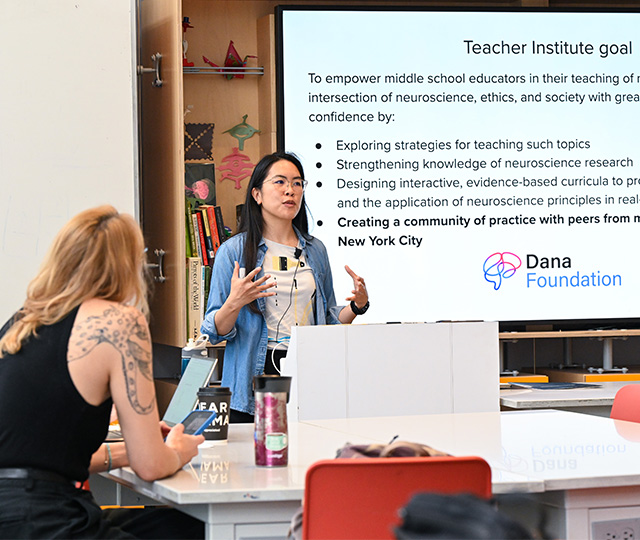

Photo Credit: Diane Bondareff/Columbia University
At the heart of the TIFNAS Summit was the sharing of innovative, classroom-tested lessons that brought neuroscience and society to life for middle school students. Educators showcased a wide range of topics tailored to their unique teaching contexts, from lessons on emotional cognition and judgement in world language classrooms to a math statistics unit that incorporated sensory experiences to support neurodivergent learners. A robotics teacher led mini-lessons on the societal impact of AI with sixth graders, while a health and science educator tackled social media’s effects on mental health, screen time habits, and substance use through student-led PSA projects. One science teacher shared a school-wide initiative, “AI or Not, Here I Come,” that prompted students to disconnect from screens during lunch and included lessons teaching students to reflect on authenticity in digital spaces.
Another educator’s English class for English Language Learners led to remarkable gains, with students progressing from second to eighth grade reading levels through an investigation of digital media versus print media as a learning format. Motivated by their findings, students wrote to their school administration advocating for greater consideration of diverse learning styles when adopting standardized tests.
These projects not only sparked student curiosity but also embodied the goals of the Dana Education program to empower learners to better understand themselves, make informed decisions, and prepare them to navigate a complex, rapidly changing world. By engaging students in learning about neuroscience through structured education opportunities that integrate relevant, real-world topics and issues, the hope is to capture their interest and inspire continued study.
“I loved seeing the student work [the educators] showcased because it reminded me about the importance of programs like this,” said Diana Li, associate director of education and training initiatives at the Zuckerman Institute. “Middle school is a pivotal time at which students start to refine their interests and thoughtfully interrogate the world around them, so empowering teachers to create the opportunity for their students to explore topics like these and build the skills to think critically about them is key.”
Looking ahead, the educators from both TIFNAS cohorts will continue to refine and expand their lessons, incorporating feedback from the summit and their own classroom experiences. These interdisciplinary, classroom-tested resources will soon be made freely available through the Zuckerman Institute, providing fellow educators with practical tools to bring neuroscience and society into their own teaching. By sharing these lessons widely, the program aims to empower more teachers to connect neuroscience to students’ everyday lives and foster critical thinking about the world they live in.
The Teacher Institute for Neuroscience and Society will continue with a new cohort of teachers in Fall 2025 to explore the role of generative AI in schools. This professional development opportunity is open to all classroom educational staff in the New York City area including all teachers, teaching assistants, and paraprofessionals who work directly with middle school students. Applications are open for the next cohort of teachers and are due August 8, 2025.
